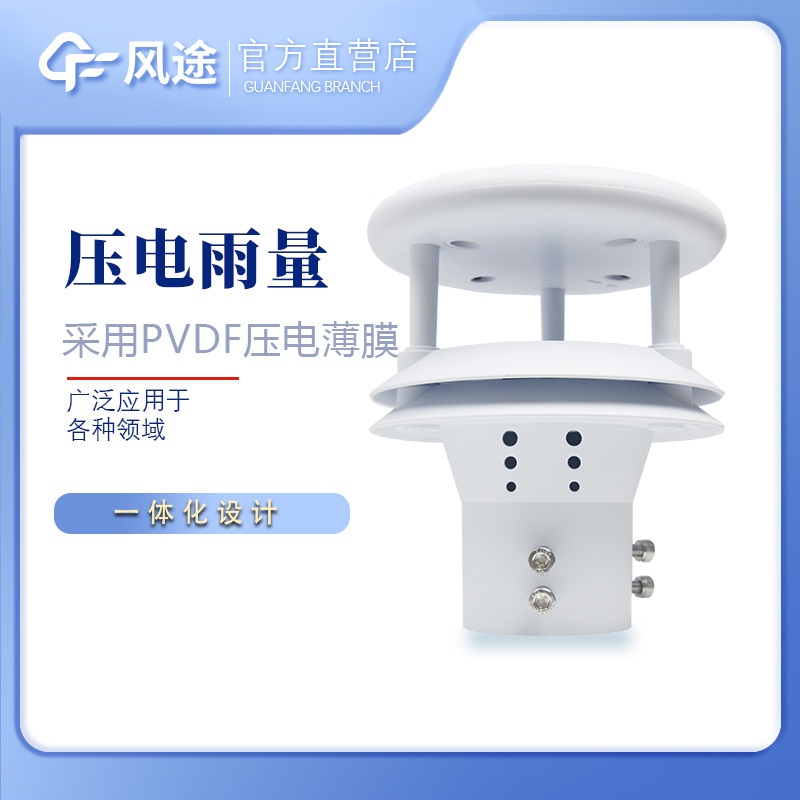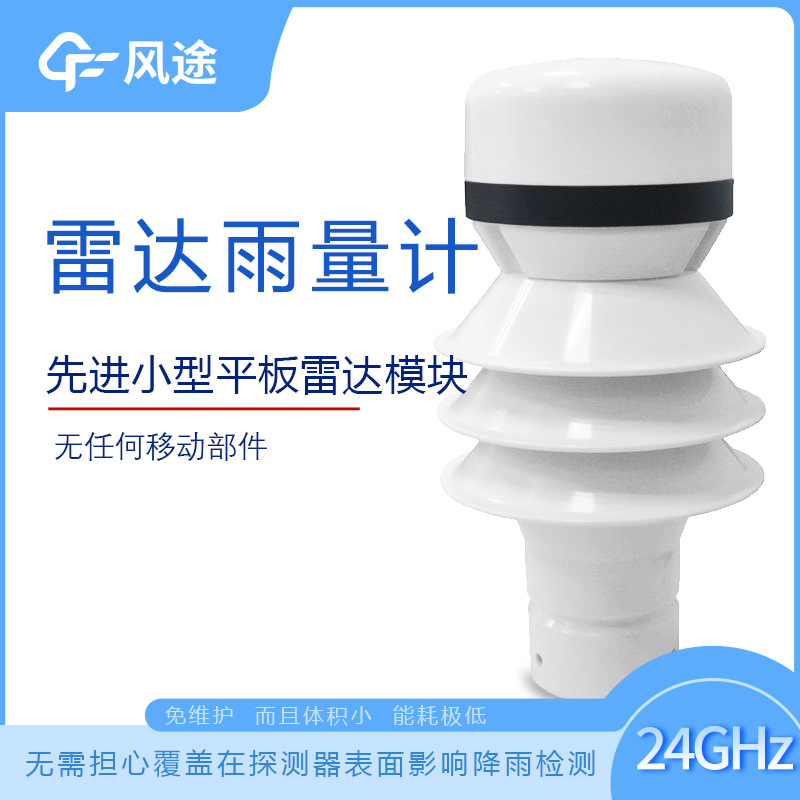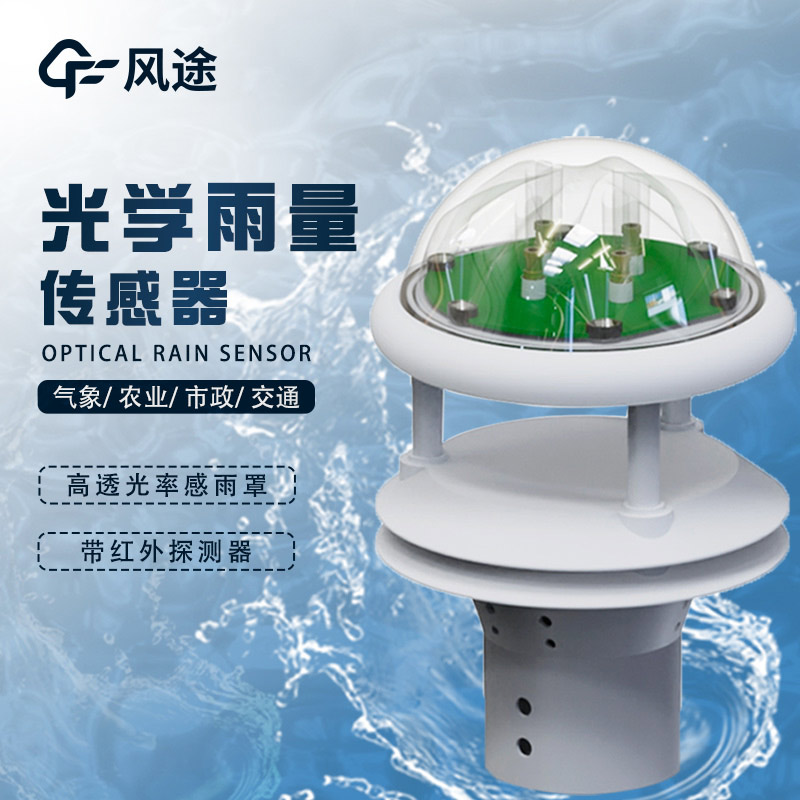Shandong Fengtu IOT Technology Co., Ltd
Sales Manager:Ms. Emily Wang
Cel,Whatsapp,Wechat:+86 15898932201
Email:info@fengtutec.com
Add:No. 155 Optoelectronic Industry Accelerator, Gaoxin District, Weifang, Shandong, China

Sales Manager:Ms. Emily Wang
Cel,Whatsapp,Wechat:+86 15898932201
Email:info@fengtutec.com
Add:No. 155 Optoelectronic Industry Accelerator, Gaoxin District, Weifang, Shandong, China
time:2024-06-21 08:35:46 source:Weather Station viewed:706 time
The season of frequent rainfall is accompanied by a corresponding increase in the risk of urban and rural flooding, flash floods, geological disasters and river flooding. During the rainy season, it is critical to accurately monitor rainfall, safeguard infrastructure, rationally plan agricultural irrigation and prevent flooding. Fengtu Technology provides the following sensors, which can provide you with effective rainy season monitoring solutions.
1.Tipping bucket rainfall sensor
Windway's brand of tipping bucket rainfall recorder is a specialised device for determining the amount of rainfall. It works by using raindrops falling on a receiver, which is mechanically tilted over to convert changes in rainfall into electrical signals that can be measured and recorded. This design allows the tipping bucket rain gauge to accurately capture and record rainfall, providing reliable data for meteorological monitoring and hydrological research.
2. Piezoelectric Rain Sensor
Fengtu's piezoelectric rain sensor uses advanced piezoelectric effect technology to accurately measure rainfall. Compared with the traditional tipping bucket rain gauge, it has the advantage of having no moving parts, thus providing a quicker response and more sensitive sensing of rainfall. This design not only improves the accuracy of the measurement, but also increases the durability and reliability of the device.

3. Radar Rainfall Sensor
This device is equipped with a small flat panel radar component inside, utilising 24GHz Doppler radar technology. It analyses the rate at which raindrops fall to differentiate the size of raindrops as well as to identify different precipitation patterns such as rain, snow and hail. Using this data, combined with statistical methods and mathematical models, the sensor is able to simulate and calculate the total amount of rainfall over a given period of time.

4.Optical Rainfall Sensor
Based on the optical sensing principle, it is built-in with multiple high-precision optical probes to achieve accurate detection of rainfall. It abandons the traditional mechanical sensor approach and provides a smaller, more sensitive and smarter solution, while simplifying the maintenance process and improving the stability and service life of the equipment.

These sensors are able to monitor rainfall in real time, assess waterlogging, provide timely warnings of possible flooding and geological hazards, and help relevant authorities and individuals take preventive measures. Through accurate data collection and analysis, they provide a scientific basis for decision-making in agricultural irrigation, optimising the use of water resources and reducing damage caused by flooding.
In the face of the serious impact of hazy weather on traffic safety and public travelling, the establishment of a weather station for visibility in foggy areas is of paramount importance. So, what exactly are the core hardware equipment needed for such a weather station?The visibility measuring inst...
Field microclimate refers to a small local area, which is the most important environmental condition affecting crop growth and development and yield formation. By analyzing the distribution and characteristics of microclimate elements in farmland through field microclimate observation stations, we c...
Buoy water quality automatic monitoring station through on-site testing and real-time online monitoring, to help river management departments and users to grasp timely and accurate water quality information, for users to reflect real-time changes in water quality, management of water quality to prov...
weather detecting technology is a device that measures and monitors meteorological conditions and is used for weather forecasting, weather monitoring, and other meteorological services....